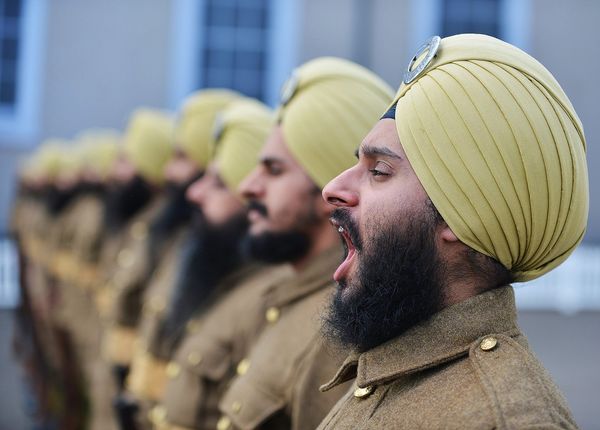All About Sikhism

In Sikhism, the turban holds significant religious, cultural, and historical importance. It is not merely a piece of cloth but a symbol of identity, spirituality, and commitment to Sikh principles. Here's a detailed overview:


The turban in Sikhism transcends its material form to embody spiritual, cultural, and social dimensions. It symbolizes identity, equality, and devotion to Sikh principles while serving as a visible marker of Sikhpresence and resilience in diverse societies.